Description |
Wanhal, Johann Baptist (1739-1813)
|
||||||||||||||||||
Audio sample |
|||||||||||||||||||
Details |
The origins of the late 18th-century Viennese missa pastoralis can be traced to 17th and 18th-century Italy where composers such as Corelli and Durante created a style of composition suitable for performance in the Christmas Eve service.With its emphasis on simplicity and rustic charm the pastoral style was adopted throughout Europe in a variety of genre. In Bohemia, where Wanhal grew up, the pastoral style became especially popular and composers wrote 'pastoral' symphonies - one of the most famous of which is the Sinfonia Pastorale in D, Op.4 No.2 by Johann Stamitz - and, of course, 'pastoral' motets. The composition of pastoral masses in Vienna became more popular towards the end of the century and flourished during the first decades of the 19th century with major contributions to the genre from Abb Vogler, Diabelli, Hummel and Lindpaintner. Wanhal's sole-surviving work in the genre, the Missa Pastoralis in G , was composed no later than 1782, the date of the earliest documented performance, and thus is a relatively early and extremely important example of the genre in Vienna. Four copies of the work survive, an indication that this mass, like many of Wanhal's, enjoyed a considerable level of popularity during the composer's lifetime. The obvious difference between the Missa Pastoralis and other masses by Wanhal lies in its clever adoption of devices typical of the pastoral tradition. These devices - drone basses, 'yodelling themes' and passages of harmonic stasis - not only allow the mass to echo musically the Nativity event but also promote a coherent unity for the mass cycle. Thus thematic material from the Kyrie - or close derivations of it - also finds its way into the Gloria, Et resurrexit, Benedictus and Dona nobis settings. As an important stylistic characteristic of the pastoral language is simplicity - and closely allied to it, a lack of drama (symbolism for 'Peace on Earth') - there is a very real danger that the composer can produce a work so peaceful, so undramatic and so convincingly rustic that it is a bore. Wanhal is far too good a composer to fall into that trap and he takes care to infuse the entire work with his highly developed and dramatic symphonic style. This is most apparent in the brilliantly conceived central section of the Gloria , beginning with the soprano-alto duet, Domine Jesu which then evolves into a powerful and dramatic setting of the text Qui tollis peccata mundi , and in the driving symphonic sweep of the Credo. This edition is based on a set of contemporary MS parts now preserved in the Austrian National Library under the shelfmark Mus.Hs.926. The wrapper reads: Missa pastorell in G / a / 4 Voci, / 2 Violini, / Viola, / 2 Oboi, / 2 Clarini / Timpani / con / Organo et Violone / Del Sign. Giov. Wanhall / Fgerl In the absence of both the autograph score and an authentic set of parts, this edition presents as faithfully as possible the intentions of the composer as transmitted in the Viennese parts. The style and notation of articulation and dynamic markings have been standardised throughout and, where missing from the source, markings have been reconstructed from parallel passages. These are indicated by the use of dotted slurs or brackets. Like most eighteenth century sources, the present manuscript is inconsistent at in its notation of appoggiature; these too have been standardised to minimise confusion. Obvious wrong notes have been corrected without comment; text underlay, where confused in the source, has been corrected; editorial emendations with no authority from the source are placed within brackets. Paul Bryan Allan Badley |
||||||||||||||||||
Performance |
15 December 2013 Conductor: Philippe Vessillier Choeur Cantabile Cathédrale - Lausanne - Switzerland 16 December 2012 Conductor: Jean-François Vaney Ensemble Vocal de Genève Abbaye de Bonmont - Chéserex - Switzerland |
||||||||||||||||||
Score Preview (best viewed in full screen mode) |
|||||||||||||||||||
Once again, postal service to the USA is disrupted. Click for details close
Loading...
Error




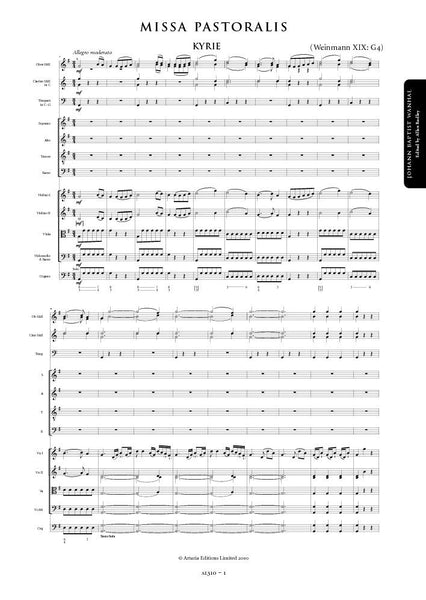
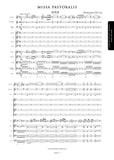
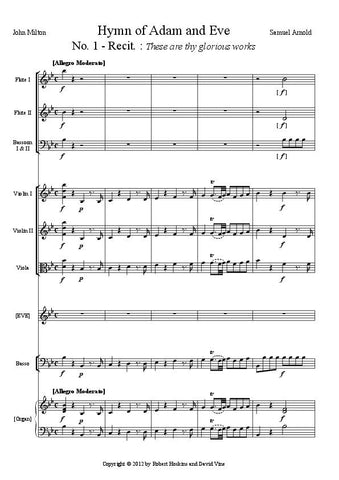

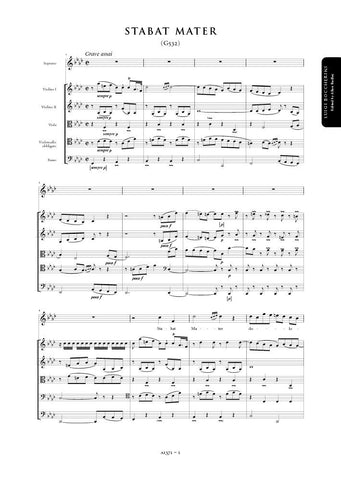
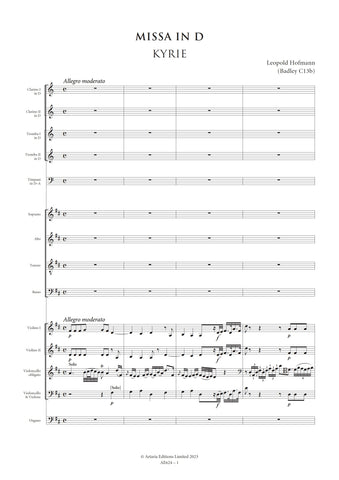
![Hofmann, Leopold: Missa in D (Badley C13b) [Vocal Score] (AE624/VS)](http://www.artaria.com/cdn/shop/files/ae624vs_1stpage_large.jpg?v=1697794050)
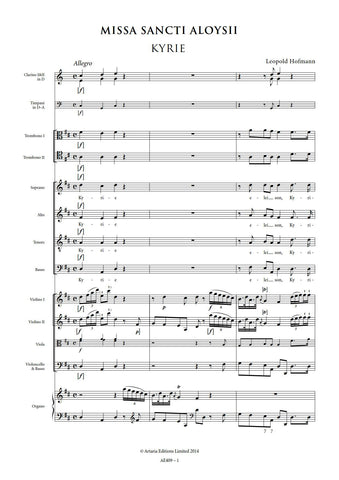
![Hofmann, Leopold: Missa Sancti Aloysii (Badley D8) [Vocal Score] (AE409/VS)](http://www.artaria.com/cdn/shop/products/AE409_VS_Inside_1_large.jpg?v=1571438578)
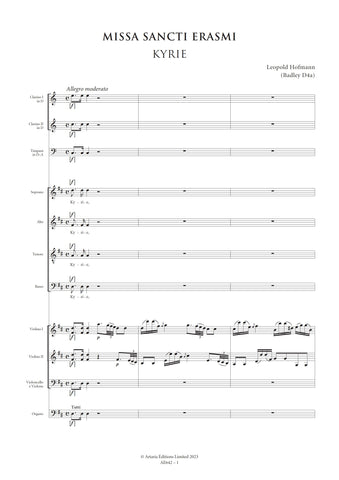
![Hofmann, Leopold: Missa Sancti Erasmi (Badley D4a) [Vocal Score] (AE642/VS)](http://www.artaria.com/cdn/shop/files/ae642vs_1stpage_large.jpg?v=1697798128)